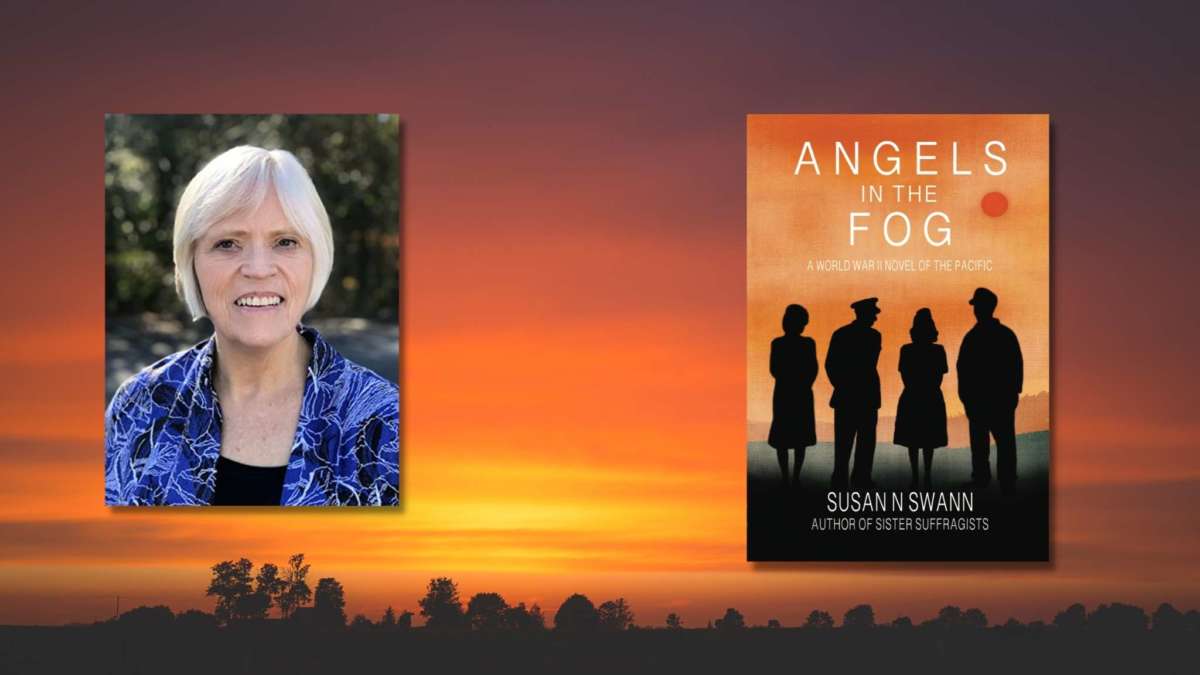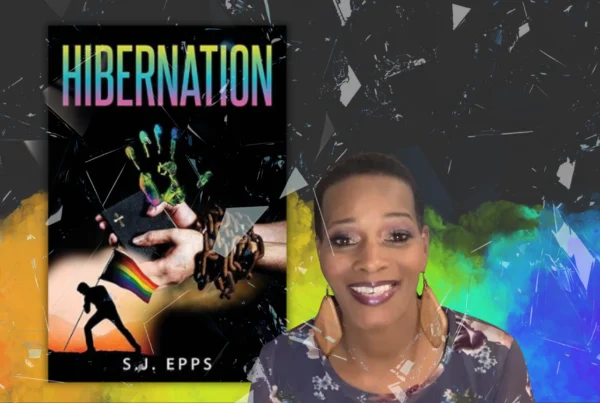In the heartbreaking war novel Angels in the Fog, author Susan N. Swann uses the separate narratives of four siblings to chronicle the story of how one family struggled to keep hope and faith alive in a time of great danger and found its way through the deadliest conflict in human history.
The family, says Swann, ‘shows unthinkable courage in the face of peril.”
As the story opens, Lucy has joined the army as a nurse and is leaving for Hawaii. Her older brother Chris is already a pilot at Clark Field in the Philippines.
After the bombing at Pearl Harbor, the family continues to scatter from home when Alex enlists and heads for basic training and Hallie takes a hush-hush job as a code breaker.
In this Q&A, Swann provides a glimpse into the real-life inspirations behind her characters.
Q: Where did you get the idea for this story?
A: I’ve wanted to write a novel about World War II in the Pacific since 2012 when I visited Leyte Beach, the site of General MacArthur’s landing as he retook the Philippines. My father landed with the 102nd battalion just days after MacArthur.
Q: What is the central theme in the book?
A: The central one is the struggle to maintain hope and faith during a horrific period.
Q: What does the book’s title, Angels in the Fog, refer to?
A: The word “Angels” was often used during World War II as an appellation for the nurses who served. This is the story of those angels, and others, who served in the fog of war.
Q: Tell us about the research you did, and how your father’s war letters helped tell the story.
A: I read and researched dozens of books before writing this story, working hard to be true to the historical details, down to the movies and music of the time. I spent time in several locales in the Pacific essential to the story. I traveled to the Philippines, visiting important wartime sites such as Manila, Corregidor, Clark Field and Tacloban. I lived in Hawaii for a year on work assignment and spent time at the Pearl Harbor memorials. My grandmother saved all my father’s letters that he wrote home. There were events he couldn’t disclose about the war because censors would have covered his letters in blackout ribbons. But I discovered where he served, when, and some of the challenges he faced.
Q: Why did you choose to tell the story through four different perspectives?
A: Each of the character’s perspectives shows us a different aspect of the war and answers the question, “What was it like to experience this war as a family?”
Q: Is there a particular character you relate to the most? Who is your inspiration for that character?
A: I relate the most to Chris, the prisoner of war. I have a nephew of the same name, and I patterned my character after him.
Q: What was the most difficult part for you to write?
A: The Japanese destruction of Manilla toward the end of the war. What those civilians endured was almost beyond description.
Q: What do you hope readers will take from this book?
A: That family and faith can provide a fabric of courage even in the worst of times.
Q: What is your next project?
A: My next historical fiction takes place during the 1950s and will be about life after World War II.
https://booktrib.com/wp-content/uploads/2022/04/swann.jpg
About Susan N. Swann:
Susan graduated from the University of Utah with a degree in English and taught English literature to high school students for 7 years. She completed a Master’s Degree in Clinical Psychology at Pepperdine University. She is both a proud mother and grandmother and a member of the Atlanta Writer’s Club.




